A sales funnel is a marketing concept that represents the journey a customer takes from being aware of a product or service to making a purchase. It is an essential tool for businesses to understand and optimize their marketing efforts. In this article, we will provide a comprehensive overview of the sales funnel and discuss the importance of having a strong sales funnel strategy. We will also explore various strategies and best practices for each stage of the funnel, from identifying your target audience to closing the deal and measuring success.
Understanding the Sales Funnel: A Comprehensive Overview
The sales funnel consists of four stages: awareness, interest, decision, and action. At the awareness stage, potential customers become aware of your product or service through various marketing channels such as social media, advertising, or word-of-mouth. The goal at this stage is to grab their attention and make them interested in learning more.
Once potential customers are aware of your product or service, they move into the interest stage. Here, they actively seek more information and engage with your brand. This is an opportunity to provide valuable content and build trust with your audience.
The decision stage is where potential customers evaluate their options and make a decision on whether to purchase from you or not. This is where you need to showcase the unique value proposition of your product or service and address any objections or concerns they may have.
Finally, at the action stage, potential customers make a purchase or take the desired action you want them to take. This could be signing up for a free trial, subscribing to a newsletter, or making a purchase. The goal at this stage is to make it as easy as possible for them to take action and convert.
Understanding the customer journey is crucial for optimizing your sales funnel. By mapping out each stage of the funnel and identifying potential roadblocks or areas for improvement, you can create a more effective marketing strategy that guides potential customers smoothly through the funnel.
The Importance of a Strong Sales Funnel Strategy
Having a well-defined sales funnel strategy is essential for several reasons. Firstly, it helps you understand your customers better and tailor your marketing efforts to their needs and preferences. By understanding their pain points and motivations, you can create targeted messaging that resonates with them.
Secondly, a strong sales funnel strategy can increase revenue and customer loyalty. By guiding potential customers through each stage of the funnel and providing them with valuable content and personalized experiences, you can build trust and establish long-term relationships with your customers.
Additionally, a well-optimized sales funnel can help you identify areas for improvement and make data-driven decisions. By tracking key metrics at each stage of the funnel, you can identify bottlenecks or areas where potential customers are dropping off and take steps to address them.
Identifying Your Target Audience: Key to a Successful Sales Funnel
One of the most important aspects of building a successful sales funnel is knowing your target audience. Understanding who your ideal customer is will help you create targeted messaging that resonates with them and guide them through the funnel more effectively.
To identify your target audience, start by conducting market research. Look at demographic data, such as age, gender, location, and income level, to get a better understanding of who your potential customers are. You can also conduct surveys or interviews to gather more insights about their preferences, pain points, and motivations.
Once you have identified your target audience, create buyer personas to represent different segments of your audience. A buyer persona is a fictional representation of your ideal customer based on real data and insights. It helps you understand their needs, preferences, and behaviors better and tailor your marketing efforts accordingly.
Crafting a Compelling Lead Magnet to Attract Prospects
A lead magnet is an incentive that you offer to potential customers in exchange for their contact information. It could be an ebook, a whitepaper, a webinar, or a free trial of your product or service. The goal of a lead magnet is to attract prospects and capture their contact information so that you can nurture them through the sales funnel.
When creating a lead magnet, it’s important to consider your target audience and their needs. Think about what valuable content or resources you can offer that will resonate with them and provide a solution to their problems. Make sure your lead magnet is relevant, actionable, and easy to consume.
To promote your lead magnet, create dedicated landing pages on your website and optimize them for conversions. Use compelling headlines, persuasive copy, and clear calls-to-action to encourage visitors to sign up. You can also promote your lead magnet through social media, email marketing, and paid advertising.
Nurturing Leads: The Art of Building Relationships with Potential Customers
Nurturing leads is an essential part of the sales funnel. It involves building relationships with potential customers and guiding them through the different stages of the funnel. By providing valuable content and personalized experiences, you can establish trust and credibility with your audience.
One effective strategy for nurturing leads is email marketing. By sending targeted emails to your subscribers, you can provide them with valuable content, updates about your products or services, and exclusive offers. Personalize your emails based on the interests and preferences of your subscribers to make them more relevant and engaging.
Another strategy for nurturing leads is retargeting. Retargeting involves showing ads to people who have visited your website or interacted with your brand but haven’t converted yet. By reminding them of your brand and offering them incentives or discounts, you can encourage them to take action and move further down the funnel.
The Role of Content Marketing in the Sales Funnel
Content marketing plays a crucial role in the sales funnel. It helps you attract potential customers, build trust and credibility, and guide them through each stage of the funnel. By creating valuable and relevant content, you can establish yourself as a thought leader in your industry and provide solutions to your audience’s problems.
At the awareness stage, focus on creating content that grabs the attention of your target audience and introduces them to your brand. This could be blog posts, social media content, or videos that address common pain points or provide valuable insights.
At the interest stage, create content that educates and informs your audience about your products or services. This could be in-depth guides, case studies, or webinars that showcase the unique value proposition of your offerings.
At the decision stage, create content that addresses any objections or concerns potential customers may have. This could be customer testimonials, comparison guides, or product demos that highlight the benefits of choosing your brand.
Effective Email Marketing: Tips and Best Practices
Email marketing is a powerful tool for nurturing leads and guiding them through the sales funnel. It allows you to communicate directly with your audience and provide them with valuable content and personalized experiences. Here are some tips and best practices for creating effective email campaigns:
– Segment your email list: Divide your subscribers into different segments based on their interests, preferences, or behavior. This allows you to send more targeted and relevant emails that resonate with each segment.
– Personalize your emails: Use the recipient’s name in the subject line or greeting to make the email feel more personal. You can also personalize the content of the email based on their past interactions with your brand.
– Use compelling subject lines: The subject line is the first thing recipients see when they receive an email. Make it compelling and intriguing to encourage them to open the email. Avoid using spammy or clickbait subject lines that may turn off recipients.
– Provide valuable content: Make sure the content of your emails provides value to the recipient. It could be educational content, exclusive offers, or updates about your products or services. Avoid sending purely promotional emails that offer no value to the recipient.
– Test and optimize: Continuously test different elements of your email campaigns, such as subject lines, copy, and calls-to-action. Analyze the results and optimize your campaigns based on the data you gather.
Closing the Deal: Strategies for Converting Prospects into Customers
Closing the deal is the ultimate goal of the sales funnel. It involves convincing potential customers to take action and make a purchase. Here are some strategies for closing the deal and converting prospects into customers:
– Create a sense of urgency: Offer limited-time promotions or discounts to create a sense of urgency and encourage potential customers to take action. Highlight the benefits of acting now and the consequences of not taking action.
– Address objections: Anticipate and address any objections or concerns potential customers may have. Provide them with the information they need to make an informed decision and overcome any barriers to purchase.
– Offer guarantees: Offer guarantees or warranties to reduce the perceived risk of purchasing from you. This can help build trust and confidence in your brand and increase conversion rates.
– Provide social proof: Use customer testimonials, case studies, or reviews to showcase the positive experiences of your existing customers. This can help build trust and credibility with potential customers and increase their confidence in your brand.
The Power of Upselling and Cross-selling in the Sales Funnel
Upselling and cross-selling are powerful strategies for increasing revenue and customer loyalty. Upselling involves offering a higher-priced version of a product or service to a customer who is already making a purchase. Cross-selling involves offering related products or services that complement the customer’s purchase.
To effectively use upselling and cross-selling in the sales funnel, it’s important to understand your customers’ needs and preferences. Offer upsells or cross-sells that provide additional value or solve additional problems for the customer. Make sure the upsell or cross-sell is relevant and aligned with their interests.
Measuring Success: Metrics to Track and Analyze in Your Sales Funnel
Tracking metrics in the sales funnel is essential for measuring success and identifying areas for improvement. Here are some key metrics to track at each stage of the funnel:
– Awareness stage: Track metrics such as website traffic, social media engagement, and brand mentions to measure the effectiveness of your marketing efforts in creating awareness.
– Interest stage: Track metrics such as email open rates, click-through rates, and content downloads to measure the level of interest and engagement of your audience.
– Decision stage: Track metrics such as conversion rates, cart abandonment rates, and customer feedback to measure the effectiveness of your messaging and address any objections or concerns.
– Action stage: Track metrics such as conversion rates, average order value, and customer lifetime value to measure the effectiveness of your sales efforts and customer retention strategies.
Continuously Improving Your Sales Funnel: Best Practices and Tools to Consider
To continuously improve your sales funnel, it’s important to test different strategies, analyze the results, and make data-driven decisions. Here are some best practices and tools to consider:
– A/B testing: Test different elements of your sales funnel, such as landing pages, email campaigns, or calls-to-action, to see which version performs better. Analyze the results and make changes based on the data you gather.
– Conversion rate optimization (CRO) tools: Use CRO tools such as heatmaps, session recordings, or user surveys to gain insights into how visitors interact with your website or landing pages. This can help you identify areas for improvement and optimize your conversion rates.
– Customer relationship management (CRM) software: Use CRM software to track customer interactions, manage leads, and automate marketing processes. This can help you streamline your sales funnel and provide a better experience for your customers.
A strong sales funnel is essential for businesses to attract and convert potential customers. By understanding the different stages of the funnel and implementing effective strategies at each stage, you can increase revenue, build customer loyalty, and optimize your marketing efforts. Remember to continuously test and optimize your sales funnel based on data and insights to ensure its effectiveness. Implement the strategies and best practices discussed in this article to create a strong sales funnel that drives results for your business.

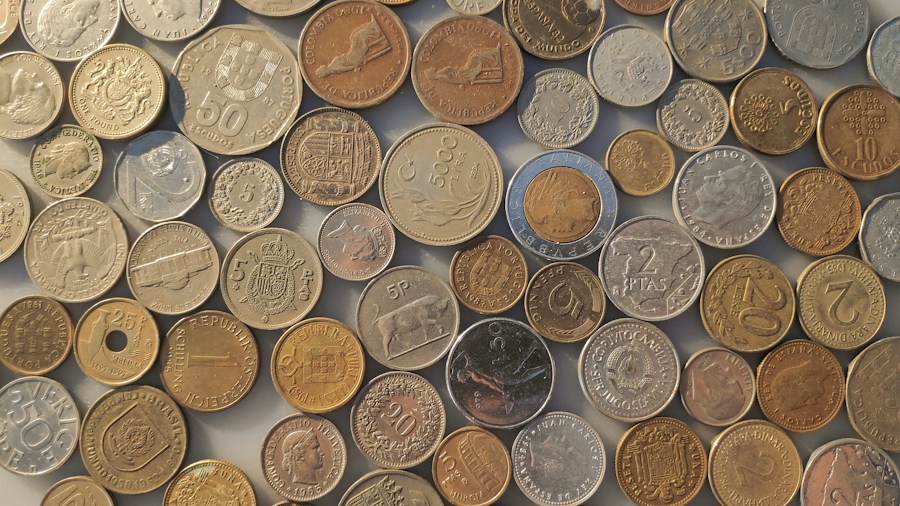





















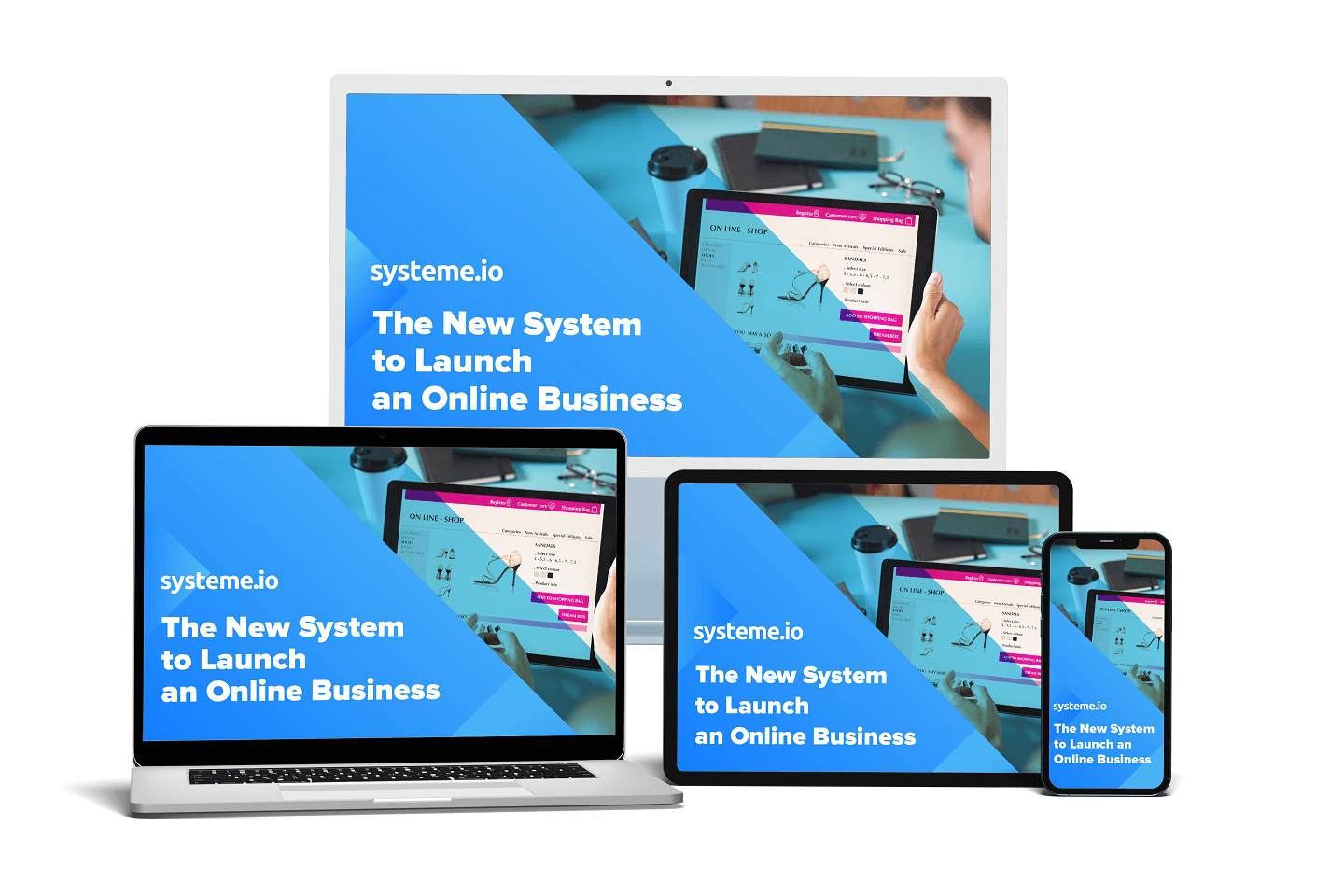
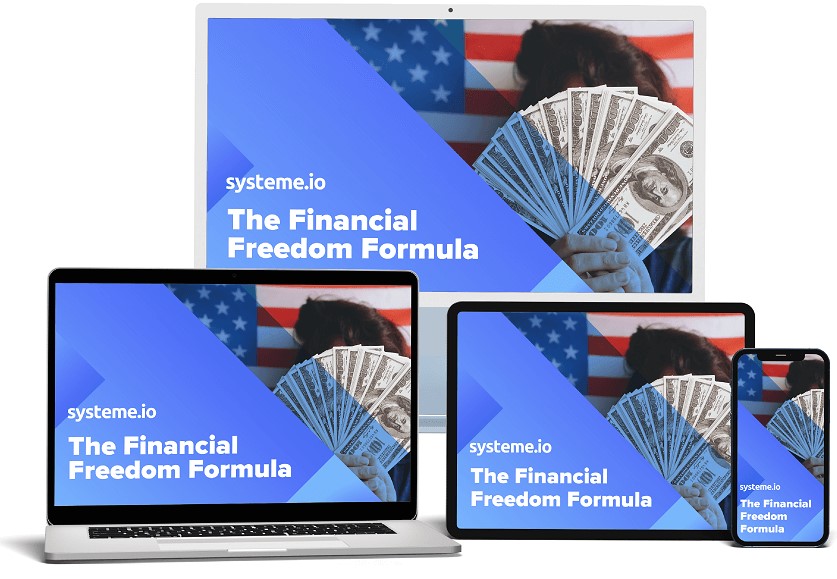

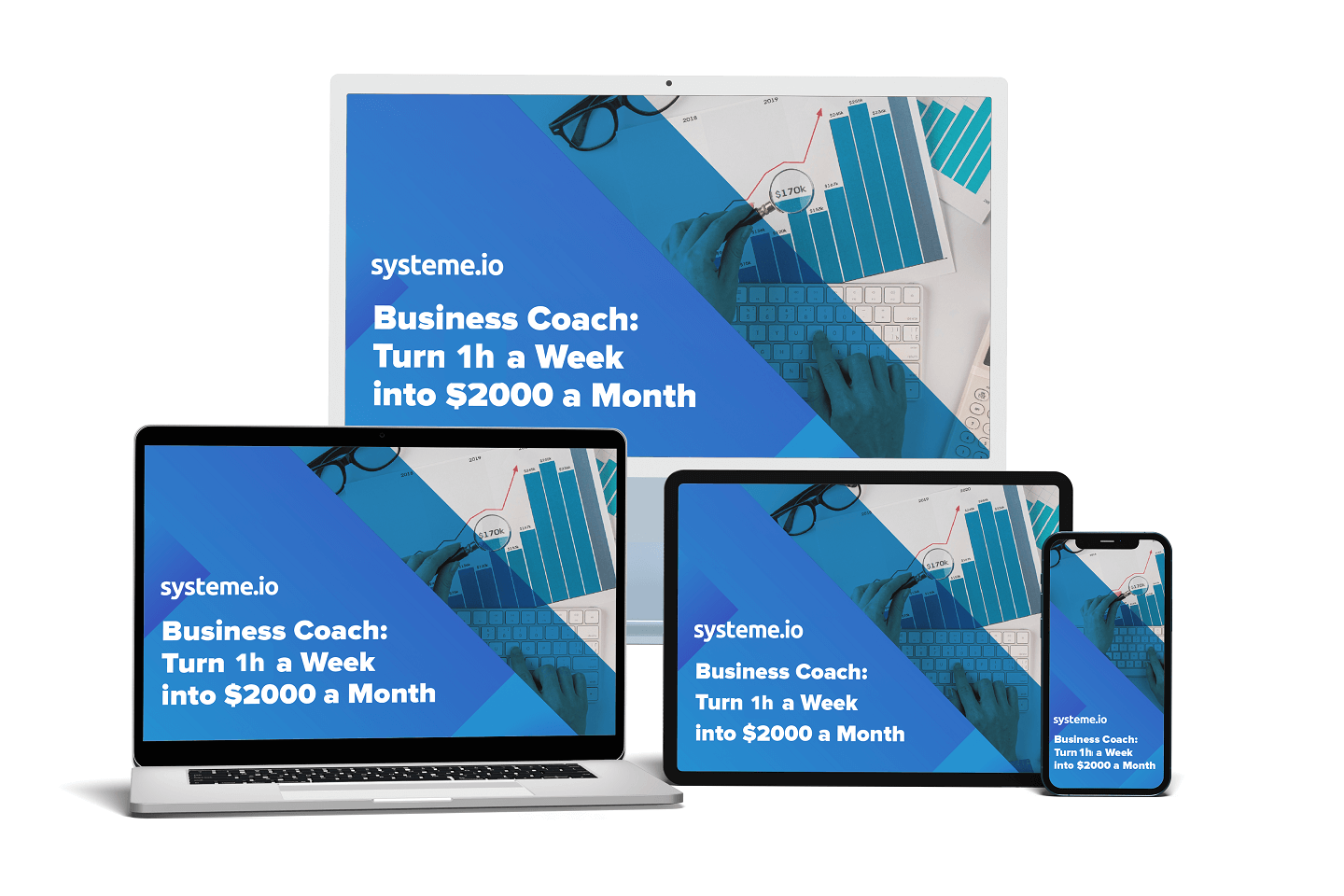
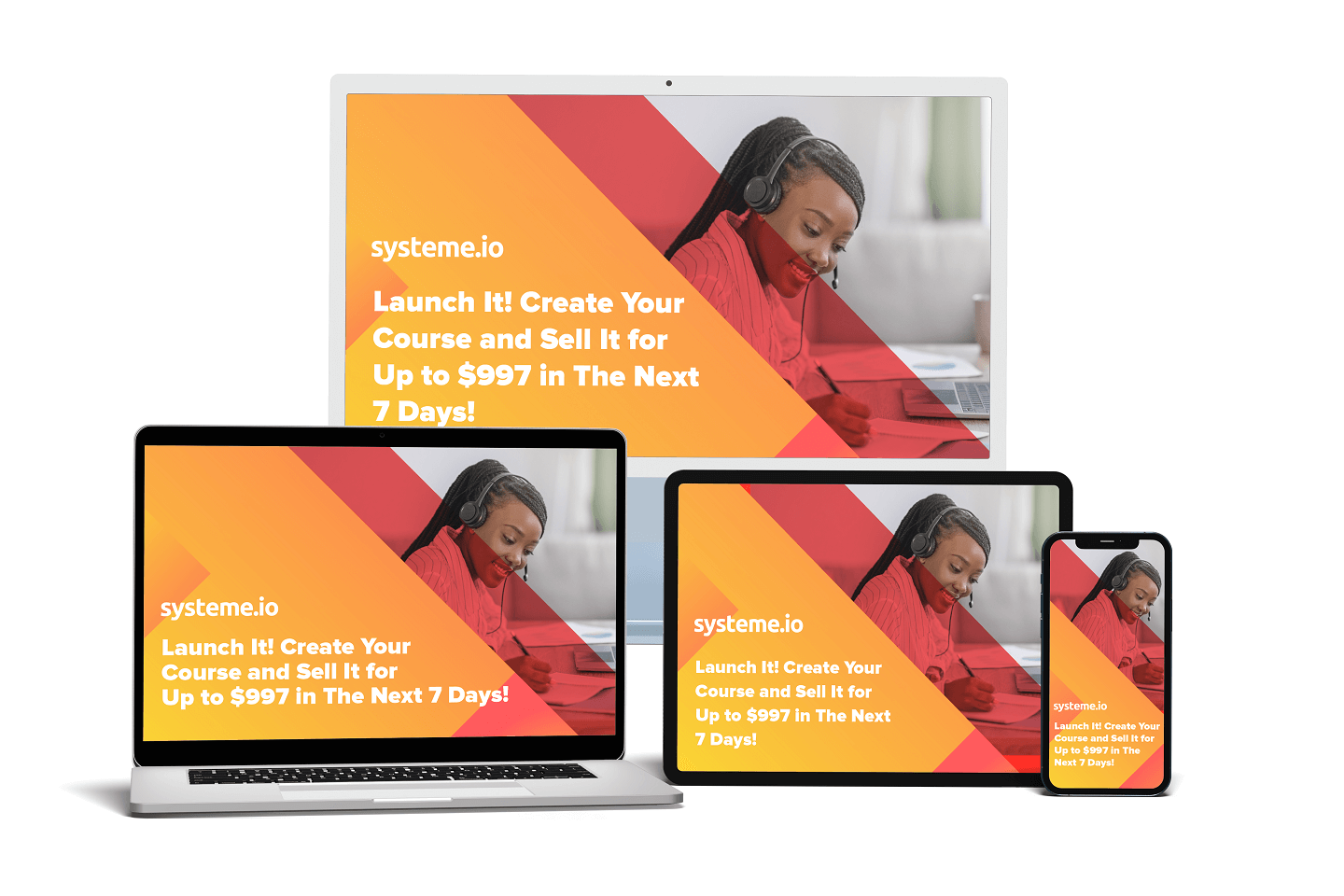











0 Comments